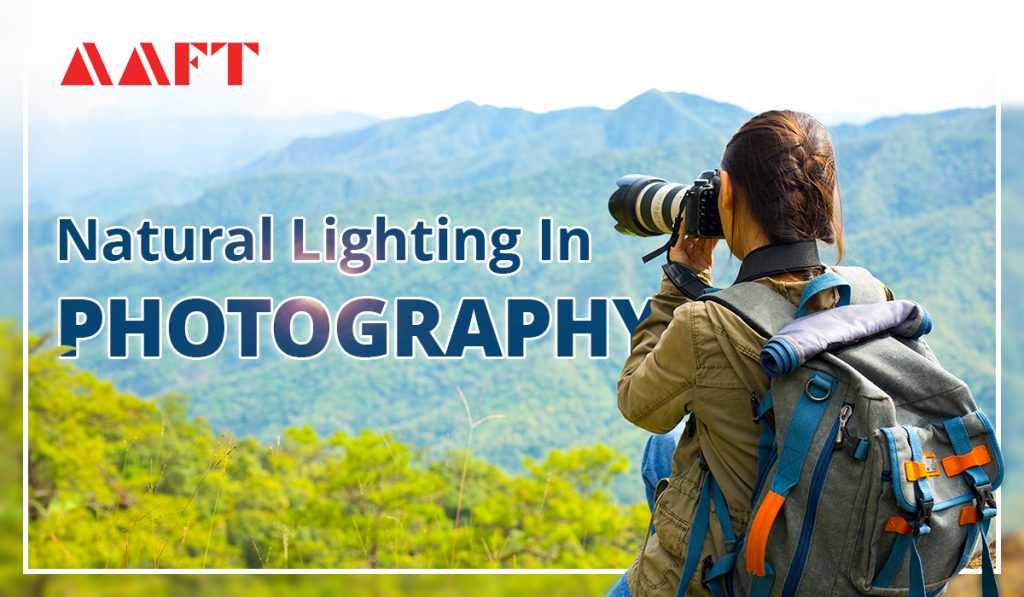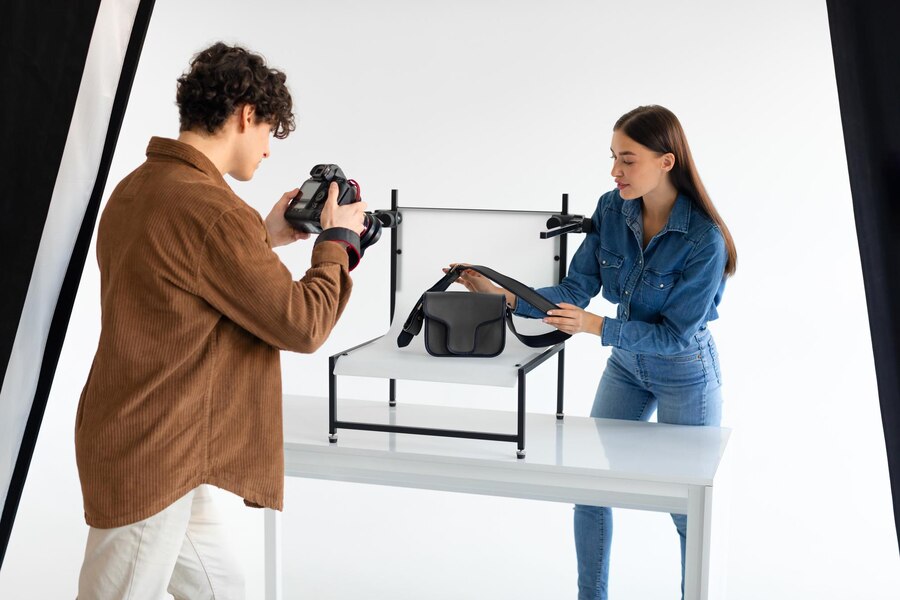How to Use Natural Light in Photography: Step-by-Step Guide
In photography, light is the star. The word “photography” itself means creating pictures with light. Whether you’re starting as a beginner or a pro, knowing how light works is what makes a regular photo stand out.
Even though there are tools like bulbs, flashes, and diffusers, natural light is something special. It’s like the secret ingredient that turns your photos from okay to good. Understanding natural light is a skill even experienced photographers keep getting better at.
Think of it like this: a photo taken in the soft sunlight is way different from one with artificial light. Natural light isn’t just about brightness; it’s a big deal in giving your photo a cool vibe and style. So, whether you’re using cool gadgets or just the sun, understanding the power of natural light helps you take interesting and captivating photos.
Benefits of Using Natural Light in Photography
Natural light is a game-changer in photography, offering special advantages. Let’s explore some of the big perks of using natural light in your photos.
Cost-Effective
Do you want free career counseling?
Ignite Your Ambitions- Seize the Opportunity for a Free Career Counseling Session.
- 30+ Years in Education
- 250+ Faculties
- 30K+ Alumni Network
- 10th in World Ranking
- 1000+ Celebrity
- 120+ Countries Students Enrolled
Taking awesome photos doesn’t need fancy lights. One cool thing about natural light is that it’s free. You don’t have to spend on expensive lighting gear or extras. Wherever you are, any time of day, there’s probably some natural light around for your photos, and you don’t need fancy stuff to make it work.
Read Also: How to Become a Photojournalist [Step by Step Career Guide]
Variety
Using natural light gives you lots of choices for your photos. It opens up a bunch of possibilities, letting you try out different moods and vibes. From the bright colors of a sunny day to the soft shades during the golden hour, natural light gives you tons of chances that artificial lights might find tricky.
Authenticity
Using natural light makes your photos feel genuine and relatable. Whether it’s the warm hug of a sunset or the soft glow on a cloudy day, these are feelings that artificial light struggles to copy. Natural light grabs the real feeling of the moment, making photos that people connect with. It’s like sharing a story through your camera, with each photo having its special touch, bringing people closer to the feelings in the picture.
Read Also: 7 Mobile Photography Tips and Tricks for Stunning Photos
Step-by-step guide on how to be a pro in natural light photography
Here’s how you can make the most of natural light in photography. Learn these basics to become a pro.
Do you want free career counseling?
Ignite Your Ambitions- Seize the Opportunity for a Free Career Counseling Session.1) Adjusting to Different Outdoor Lights
During outdoor photo sessions, make the most of what you have. The sunlight you get and how it influences your pictures will vary based on the weather conditions.
- Clouds and rain are helpful because they spread the light, making shadows less strong. This soft light is like nature’s photo studio, making it easier to capture details without making things too bright. Enjoy overcast days to try different moods and create interesting photos with a special feel.
- On sunny days, be creative with your subject’s position based on the sunlight. Reduce shadows by having them face the sun, create depth with side lighting, or achieve a dramatic silhouette with the sun behind them.
2) Best Time for Picture-Perfect Shots
The time of day has a big impact on how photos look because of natural light changes. The sun can alter a photo’s color, warmth, brightness, and contrast.
- The best time to take outdoor photos is during the “golden hour,” which is the hour before sunset or after sunrise. These times offer a soft, warm, golden light that makes your photos look better. It’s also great because the sunlight is less intense, so your subjects don’t have to squint.
- Pick sunrise or sunset based on your style. Morning fog simplifies photos and provides more location options. Sunsets are colorful with a red light shift, and shooting at sunset can be more predictable weather-wise.
- For better photos between 9 a.m. and 3 p.m., opt for open shade or an indoor spot with windows. Steer clear of shooting close to noon in either direction. The strong sun can lead to issues like glares, squinting, and unflattering shadows.
Read Also: 3 Important Composition Rules in Photography: How to Take Better Photos
3) Use of reflector
A reflector bounces sunlight, changing how it hits your subject. It’s often white but can be silver or gold for different looks. Depending on what you want, it can fill in shadows, block strong light, or be your main light source. This enhances natural light, making your photos go from okay to fantastic.
4) Get creative with shadows
When the sun is far away, natural light makes strong shadows. If you’re taking pictures in the middle of the day with bright sunlight, use it well. The bright sunlight can create interesting lighting, giving your subject special shadows and textures. Also, try making strong outlines and showing detailed features for more interesting pictures.
5) Direction of the sun
The sun’s spot affects the color and how light falls on your subject, which is important in photography. For portraits, avoid the strong midday sun from above as it’s not good. Try shooting near sunrise or sunset for nice side lighting or use it from behind for better results. The direction of the sun can make your photos feel deeper and warmer, adding a nice mood.
Read Also: Understanding the Rule of Thirds: Composition Techniques for Stunning Visuals
6) Simple Camera Adjustments for Sunlit Photos
When relying on sunlight, what you capture is what you get. Though you can’t control the sun’s brightness, simple camera adjustments help you enhance your photos. Explore these settings to make your pictures look just right.
- Change how much light comes into the camera by opening or closing the lens. If it’s dark, make the opening bigger (higher values) for brighter photos. On sunny days, make the opening smaller (lower values) to keep the photos from getting too bright.
- Decide how long the camera takes a picture by making the shutter open quickly or slowly. If it opens fast, the photo gets darker. If it opens slowly, the photo gets brighter because more light comes in.
- Choose how much your camera reacts to light. If it’s dark, use a higher ISO like 3200—it might make the photo a bit grainy, but it helps. For sunny days, go for a lower ISO like 100 to keep the picture looking good.
Conclusion
Learning natural light photography is like finding the magic in your photos. You can make them look amazing without spending a lot. Natural light lets you create different feelings in your pictures, making them feel real and relatable. Follow the guide to become a pro, adjust to outdoor lights, pick the right times, and use simple tools. It’s all about trying things out, finding your style, and making every photo tell a story with the perfect light. Don’t be afraid to experiment and enjoy the process!
Read Also: How to Click Instagram Worthy Pictures on Smartphone?
Turn your passion for photography into a career at the AAFT School of Photography! Enroll today and let your creativity shine bright!

AAFT has been providing the world with limitless creativity and expression since 1993! Through a dynamic and industry-driven curriculum, AAFT provides engaging and captivating articles to persuasive blogs and empowers its readers to explore diverse avenues of creative media education-related content.







